
How to Soak Seeds and Speed Up Germination Time
How to Soak Seeds and Speed Up Germination Time In the world of gardening and agriculture, the success of your plants begins with the seeds. Whether you’re a seasoned gardener or a novice green thumb, understanding the art of seed soaking can significantly impact the germination time and overall health of your plants. In this […]
How to Soak Seeds and Speed Up Germination Time
In the world of gardening and agriculture, the success of your plants begins with the seeds. Whether you’re a seasoned gardener or a novice green thumb, understanding the art of seed soaking can significantly impact the germination time and overall health of your plants. In this comprehensive guide, we’ll take you through the process of soaking seeds to accelerate germination and ensure your garden thrives. So, let’s dive right in!
The Science Behind Seed Soaking
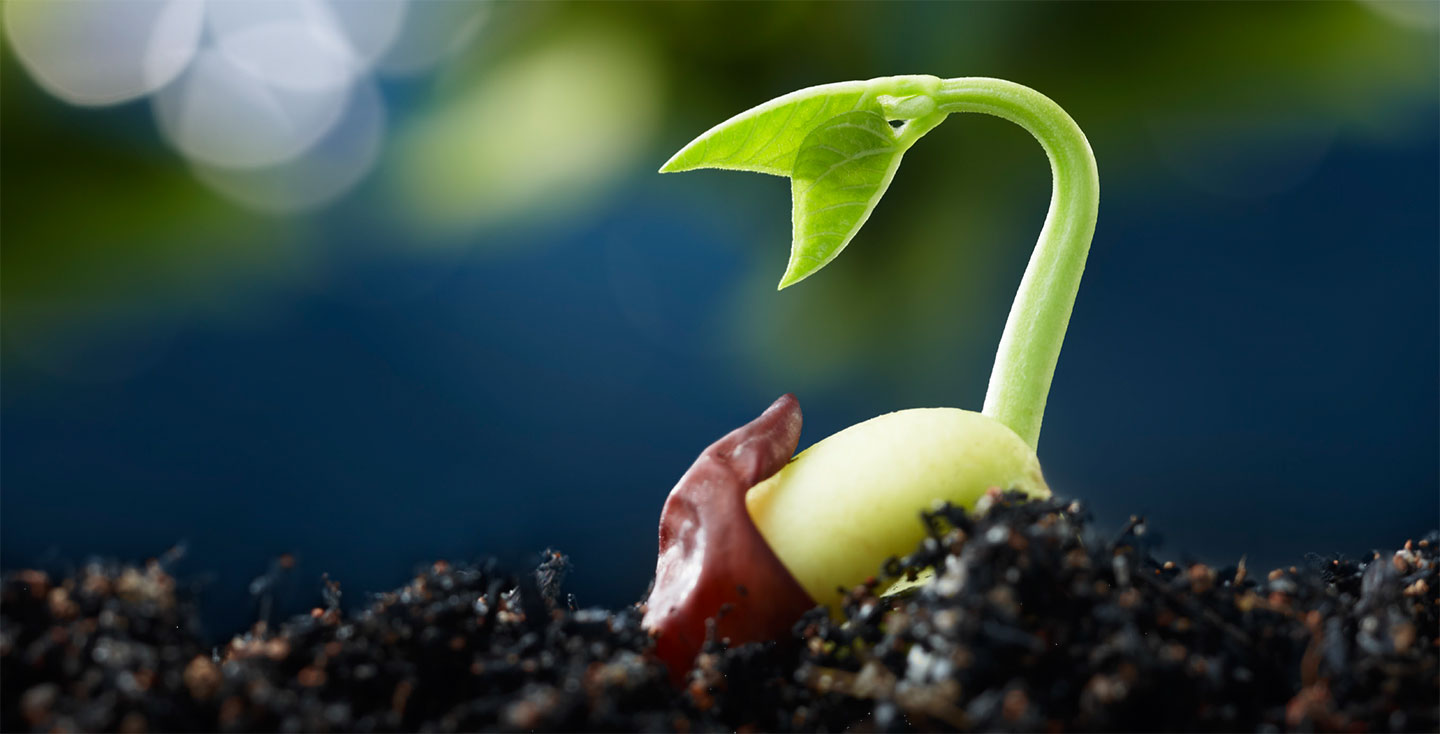
Seed soaking is a simple yet scientifically proven method that aids in the germination of various seeds. The process involves hydrating the seeds before planting, which can significantly speed up their sprouting and improve overall plant health. But why does this work?
Seeds have a protective outer layer that acts as a barrier to prevent premature germination. This outer layer can be quite tough and impermeable. Soaking seeds triggers a process called imbibition, where water is absorbed, causing the seed to swell and the protective layer to soften. This makes it easier for the emerging plant embryo to break through the seed coat and start growing.
Benefits of Seed Soaking
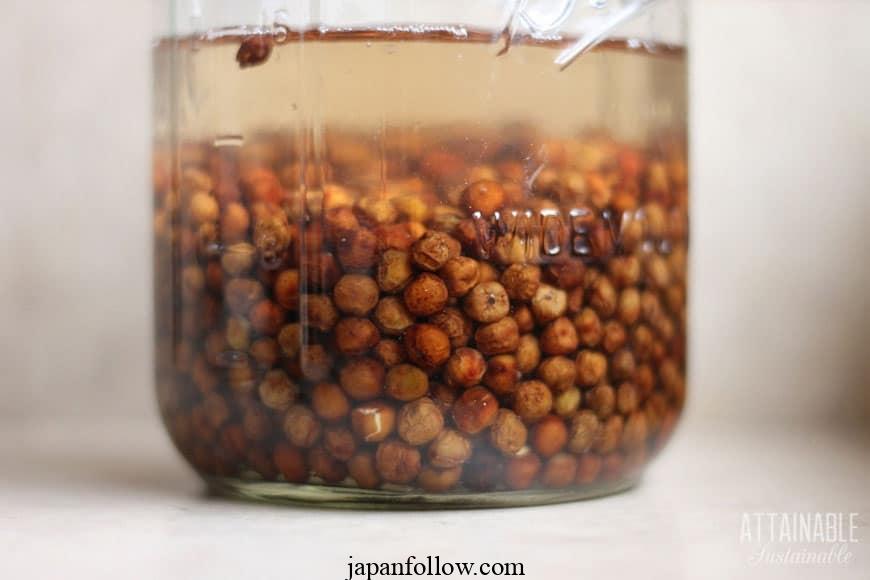
Before we delve into the steps of seed soaking, let’s explore the many benefits of this practice:
- Faster Germination: The most obvious advantage is the speed at which your seeds will sprout. Soaked seeds typically germinate faster than their dry counterparts.
- Higher Germination Rates: Soaking seeds can also increase the overall germination success rate. You’ll end up with more robust and healthy seedlings.
- Uniform Growth: Soaking helps to synchronize the germination process, leading to more uniform growth, which is particularly important for crops like vegetables.
- Reduces Risk of Seed Diseases: Soaking can help wash away any potential pathogens on the seed’s surface, reducing the risk of diseases affecting your plants.
- Less Transplant Shock: When you transplant soaked seeds, they tend to experience less shock as they have a head start in growth.
Choosing the Right Seeds to Soak
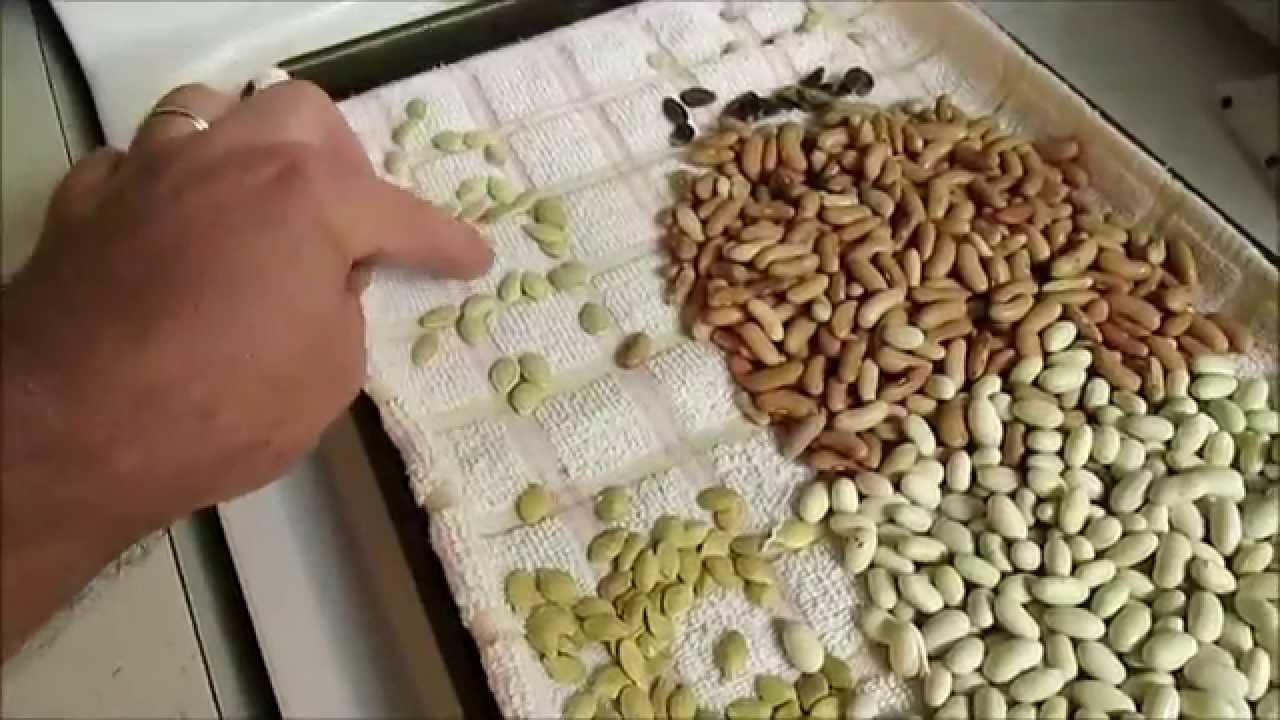
Not all seeds benefit from soaking, so it’s essential to choose the right ones. Generally, seeds with hard outer shells or those that are known for delayed germination are prime candidates for soaking. Some examples of seeds that respond well to soaking include beans, peas, squash, and okra.
On the other hand, seeds with soft, delicate shells or those that germinate quickly, like lettuce and radishes, typically don’t require soaking. In fact, soaking such seeds may do more harm than good.
Steps for Successful Seed Soaking
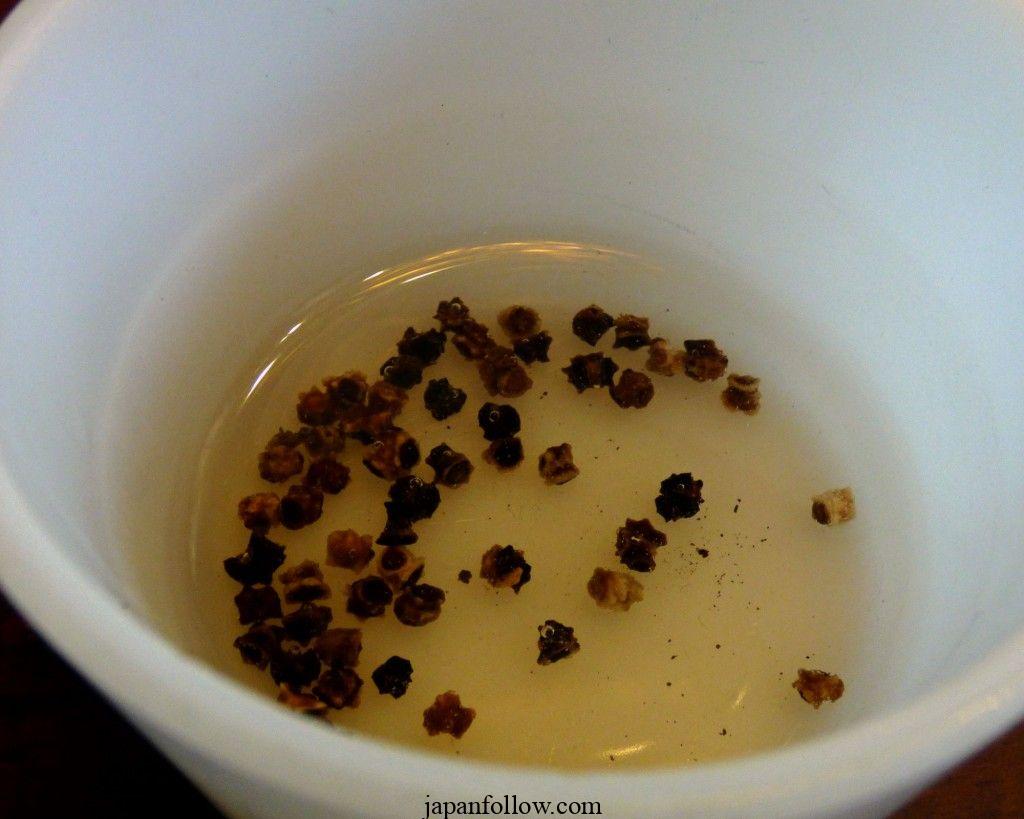
Now that we understand the science and benefits of seed soaking let’s get down to the nitty-gritty of how to do it effectively. Follow these steps for successful seed soaking:
Step 1: Gather Your Materials
To get started, you’ll need:
- The seeds you want to soak
- A clean container (plastic or glass)
- Water at room temperature
Step 2: Measure and Add Water
- Take your clean container and fill it with room-temperature water.
- Add your seeds to the water. Use approximately 3-4 times the volume of water as there are seeds. This allows for proper hydration without overcrowding.
Step 3: Soak
- Allow the seeds to soak for the recommended time. The soaking duration varies depending on the seed type. Common ranges are 8-12 hours, but some seeds may require up to 24 hours.
Step 4: Drain and Dry
- After the soaking period, drain the water from the seeds using a fine mesh strainer or cheesecloth.
- Place the soaked seeds on a clean paper towel or cloth to remove excess moisture.
- Let them air dry for an hour or two.
Step 5: Plant
You’re now ready to plant your pre-soaked seeds. Follow the specific planting instructions for the type of seeds you have. Make sure to water the soil appropriately to maintain the moisture level needed for germination.
Frequently Asked Questions (FAQ)
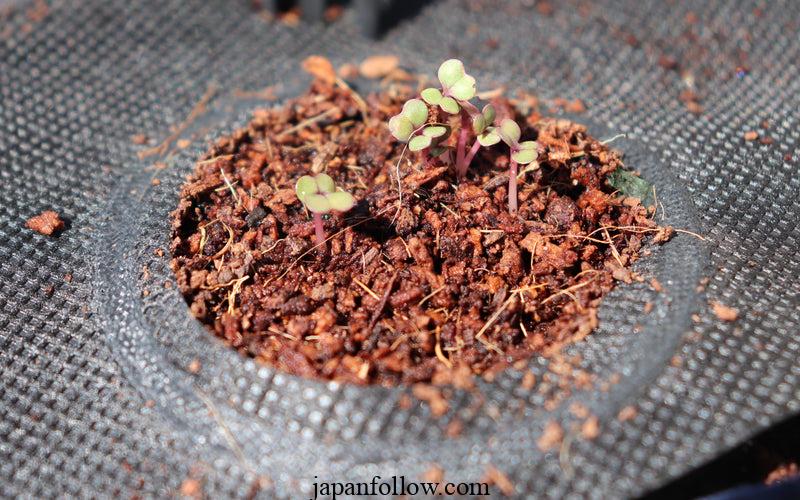
Q1: Can I soak seeds for too long?
A1: Yes, it’s possible to over-soak seeds, which can lead to rotting or other issues. Follow the recommended soaking times for your specific seeds.
Q2: What if I forget to soak the seeds?
A2: While soaking seeds is beneficial, you can still plant them directly without soaking. Soaking simply improves germination rates and speeds up the process.
Q3: Do all seeds benefit from soaking?
A3: No, not all seeds require soaking. Some seeds, like lettuce and radishes, are best sown directly, as they have soft shells and quick germination times.
Q4: Should I use warm or cold water for soaking seeds?
A4: Room-temperature water is ideal for most seeds. It encourages imbibition without shocking the seeds.
Q5: How deep should I plant soaked seeds?
A5: The planting depth varies depending on the type of seed. Always refer to the seed packet or specific planting instructions for guidance.
In conclusion, mastering the art of seed soaking can be a game-changer for your gardening endeavors. It’s a simple yet effective technique that can lead to faster germination, healthier plants, and a bountiful harvest. So, give it a try and watch your garden thrive like never before.
tag
- chicken feed
- how to Keep Chickens Off Your Porch
- How to grow oyster mushrooms at home
- Growing Kale in Pots








